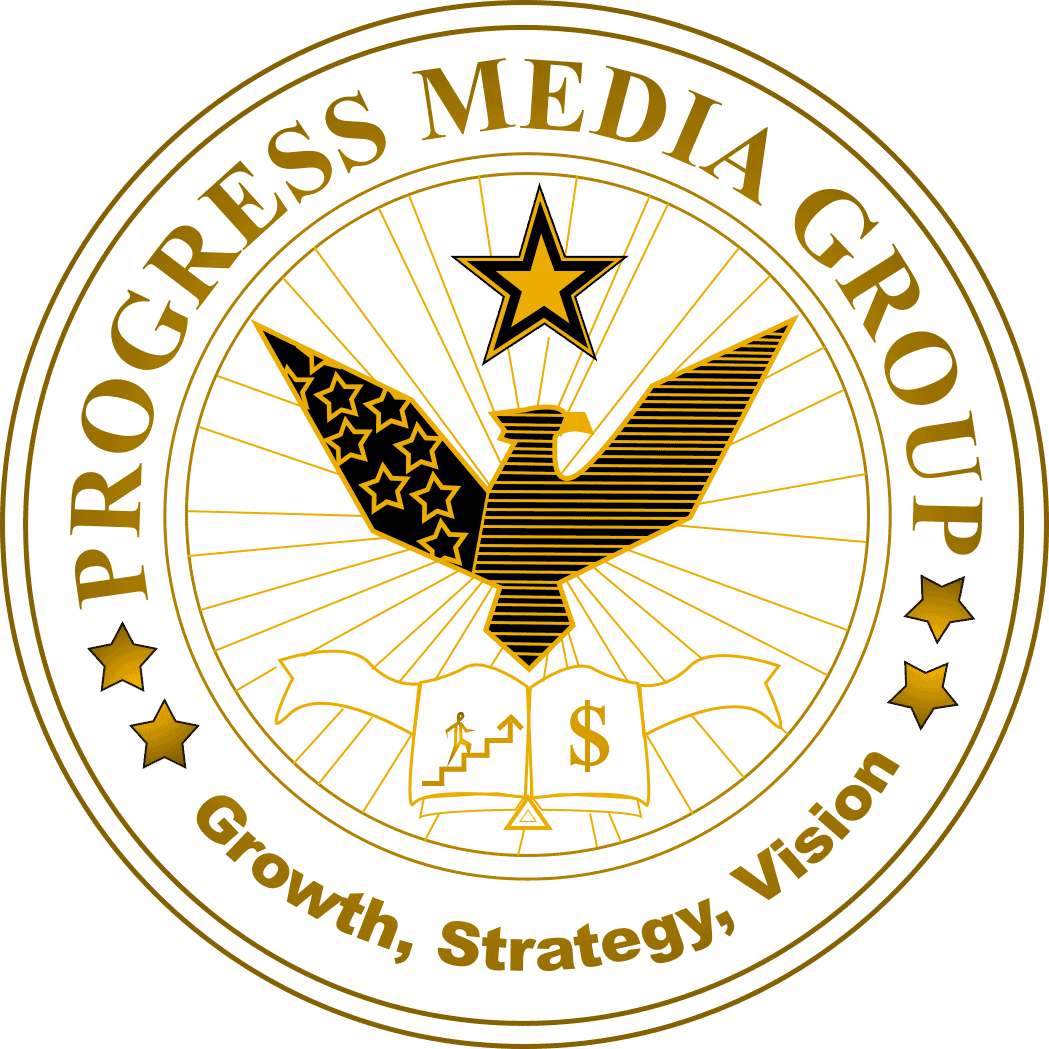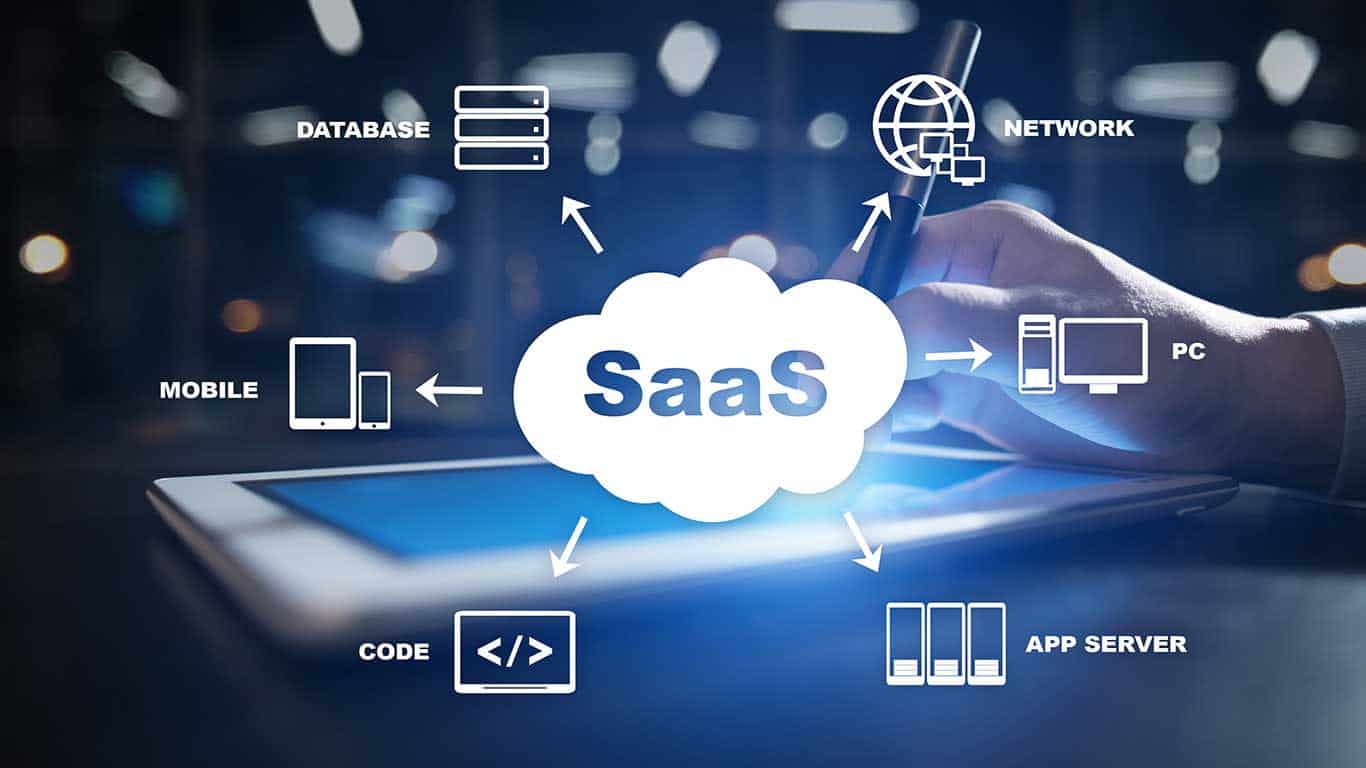Unlock the Secrets to Optimize Email Engagement and Boost Conversions
Email marketing has been a cornerstone of successful digital marketing strategies for years. However, in a world where inboxes are flooded with countless promotional emails every day, standing out and engaging your audience can be a daunting task. That’s why it’s crucial to unlock the secrets of optimizing email engagement to boost conversions. In this blog post, we will dive deep into the strategies and techniques that can take your email marketing efforts to the next level. Imagine this scenario: You spend hours crafting the perfect email campaign, carefully curating the content, and polishing the design. You hit the send button with high hopes and anticipation, only to be met with disappointing open rates and lackluster click-throughs. It’s frustrating, to say the least. But fear not, for we are here to equip you with the knowledge and tactics necessary to turn those dismal engagement rates around. Whether you’re a seasoned email marketer or just starting out, this blog post will provide invaluable insights on how to optimize email engagement. From crafting compelling subject lines and personalizing content to segmenting your audience and leveraging data analytics, we will cover it all. So get ready to unravel the mysteries of email marketing and learn how to captivate your subscribers’ attention, drive meaningful interactions, and ultimately boost conversions. Let’s dive in!
Crafting Compelling Subject Lines
The subject line is the first thing your subscribers see when they receive an email from you. It’s your chance to make a strong first impression and entice them to open your email. Crafting compelling subject lines is essential for optimizing email engagement.
When it comes to subject lines, there are a few key principles to keep in mind. First, keep it concise and to the point. You want to grab your subscribers’ attention quickly and make them curious about what’s inside the email. Avoid using vague or generic subject lines that don’t provide any value or incentive for opening the email.
Second, personalize whenever possible. People are more likely to engage with emails that feel tailored specifically to them. Use merge tags or dynamic content to include their name or other relevant information in the subject line. This personal touch can make a significant difference in open rates.
Lastly, create a sense of urgency or exclusivity. Limited-time offers or exclusive deals can motivate subscribers to open your email right away instead of putting it off for later. Consider using words like “limited time,” “exclusive,” or “urgent” in your subject lines to create a sense of urgency and encourage immediate action.
Personalizing Email Content
Personalization goes beyond just addressing your subscribers by their names in the subject line. It involves tailoring the entire content of your emails based on their preferences, behaviors, and demographics.
Start by collecting data about your subscribers through sign-up forms, surveys, or tracking their interactions with previous emails. This data will help you understand their interests, needs, and pain points better.
Once you have this information, use it to segment your audience into smaller groups with similar characteristics or interests. By sending targeted emails that resonate with each segment, you can significantly improve engagement and conversion rates.
For example, if you have an e-commerce store selling clothing for both men and women, you can segment your audience based on gender. This way, you can send tailored emails showcasing the latest collections for each group, rather than sending generic emails that may not be relevant to everyone.
Segmenting Your Audience
Segmenting your audience is a crucial step in optimizing email engagement. It allows you to deliver more relevant content to each subscriber, increasing the chances of them opening your emails and taking the desired action.
There are various ways to segment your audience, depending on the data you have available. Some common segmentation criteria include demographics (age, location), purchase history, engagement level (opens, clicks), and interests.
By segmenting your audience based on these criteria, you can create highly targeted email campaigns that speak directly to each group’s needs and preferences. For example, if you run a fitness blog and have subscribers interested in weight loss and subscribers interested in muscle building, you can send separate emails with content tailored specifically to each group’s goals.
Leveraging Data Analytics
Data analytics plays a crucial role in optimizing email engagement. By analyzing key metrics such as open rates, click-through rates, conversion rates, and unsubscribe rates, you can gain valuable insights into what’s working and what’s not in your email campaigns.
Pay close attention to trends and patterns in your data. Are certain subject lines performing better than others? Which types of content resonate most with your audience? Are there specific days or times when your emails receive higher engagement?
Use this information to refine your email marketing strategy continuously. Experiment with different subject lines, content formats, calls-to-action (CTAs), or sending frequencies to see what yields the best results. A/B testing can be particularly useful in identifying the most effective elements of your emails.
Designing Engaging Email Templates
The design of your email templates plays a significant role in capturing your subscribers’ attention and keeping them engaged. A well-designed email template should be visually appealing, easy to read, and mobile-friendly.
Start by choosing a clean and professional layout that aligns with your brand identity. Use colors, fonts, and images that reflect your brand’s personality and values. Avoid cluttered designs or excessive use of images that may distract or overwhelm your subscribers.
Make sure your emails are optimized for mobile devices since a significant portion of email opens now happen on smartphones and tablets. Test your templates on different devices and email clients to ensure they render correctly and are easy to navigate on smaller screens.
Optimizing Call-to-Action Buttons
Your call-to-action (CTA) buttons are the gateway to conversions in your email campaigns. Optimizing them can have a significant impact on click-through rates and ultimately boost conversions.
When designing your CTAs, make sure they stand out from the rest of the content. Use contrasting colors, bold fonts, or even arrows to draw attention to them. Place them strategically within the email so that they are easily visible without being too intrusive.
Be clear and concise with your CTA copy. Use action-oriented language that tells subscribers exactly what you want them to do. For example, instead of using generic phrases like “Learn More” or “Click Here,” try using more specific phrases like “Shop Now” or “Get Your Free Ebook.”
Testing and Analyzing Performance
Testing is an essential part of optimizing email engagement. By regularly testing different elements of your email campaigns, you can identify what resonates best with your audience and make data-driven decisions to improve performance.
Some elements you can test include subject lines, email content, CTAs, sending times, and personalization techniques. Split your audience into two or more groups and send different versions of the same email to each group. Then compare the results to see which version performs better.
Keep in mind that testing is an ongoing process. As your audience evolves and their preferences change, what worked before may not work as effectively now. Continuously monitor and analyze the performance of your emails to stay ahead of the game.
Automating Email Campaigns
Email automation allows you to send timely and relevant emails to your subscribers without manual intervention. It saves time, improves efficiency, and ensures consistent communication with your audience.
Set up automated email workflows based on specific triggers or actions taken by your subscribers. For example, you can create a welcome series for new subscribers or a re-engagement campaign for inactive subscribers.
Automation also enables you to nurture leads through the sales funnel by sending targeted emails at each stage. By delivering the right content at the right time, you can build trust, establish authority, and guide subscribers towards making a purchase or taking another desired action.
Implementing A/B Testing
A/B testing is a powerful technique for optimizing email engagement. It involves comparing two versions of an email (A and B) to determine which one performs better in terms of open rates, click-through rates, or conversions.
To conduct an A/B test, choose one element of your email that you want to test—for example, subject line variations or different CTAs—and split your audience into two equal groups. Send version A to one group and version B to the other.
After a predetermined period, compare the results and identify the winning version. Use these insights to refine your future email campaigns and improve overall engagement and conversion rates.
In conclusion, optimizing email engagement is a multifaceted process that requires careful attention to various elements of your email marketing strategy. By crafting compelling subject lines, personalizing content, segmenting your audience, leveraging data analytics, designing engaging templates, optimizing CTAs, testing and analyzing performance, automating campaigns, and implementing A/B testing, you can unlock the secrets to email optimization and boost conversions. Start implementing these strategies today and watch your email engagement soar!


